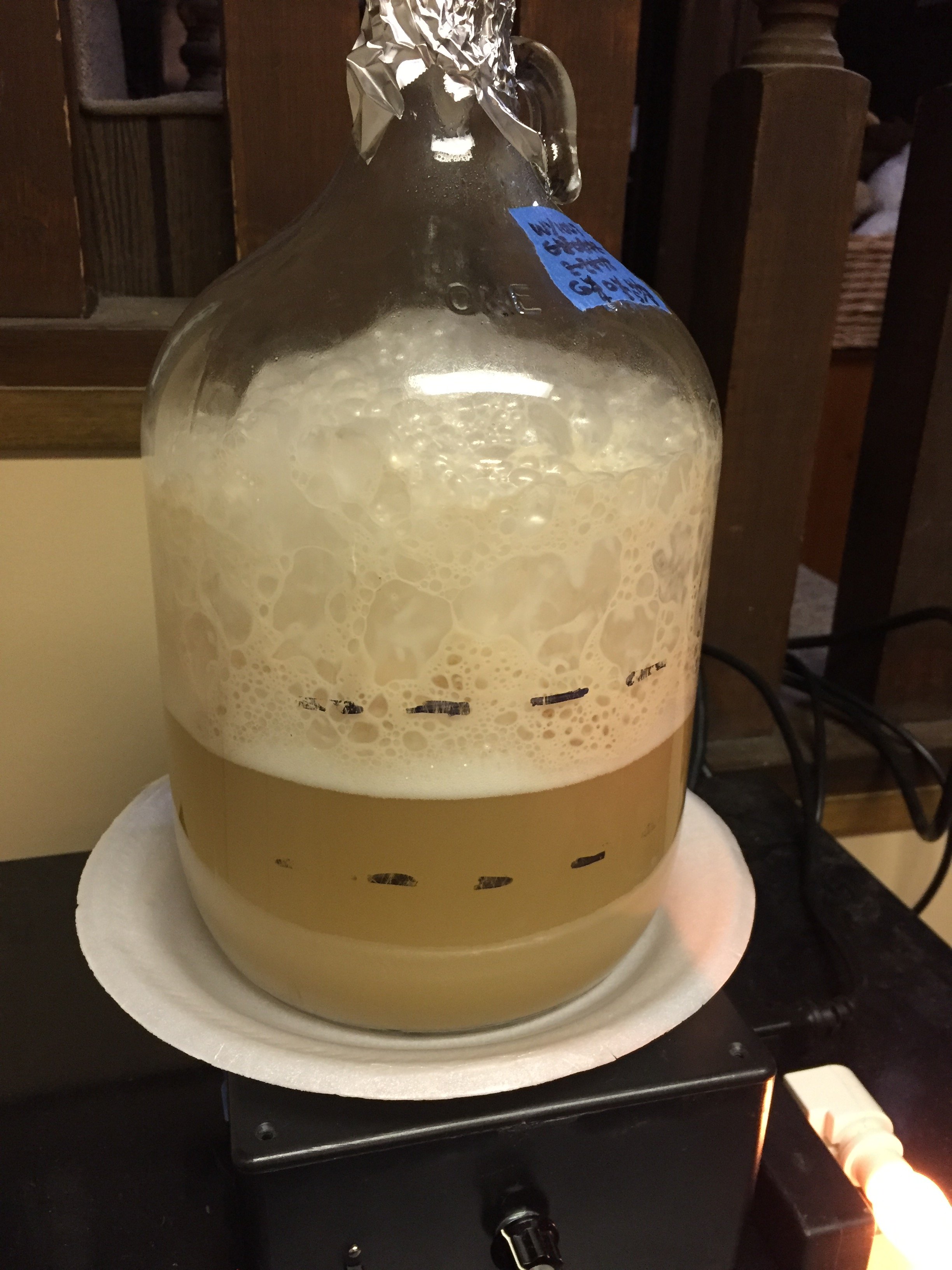My thinking is this: toward the end with a lager (or any beer I brew, for that matter), I always bump up the temp so the yeast can clean up after itself. For a lager, a diacetyl rest.
If you get rid of the least flocculent yeast, what happens toward the end of fermentation? You lose the remaining, most-flocculent yeast to the yeast cake where, it seems to me, the yeast is not going to be particularly effective in cleaning up.
I'd want yeast in suspension during cleanup.
Now, maybe that logic is incorrect, and if so, I look forward to new information about it.
********
I do a very weird starter process. I oxygenate that starter, and add a pinch of yeast nutrient to it. I try to time my starter so I'm pitching it into the wort about 15-18 hours after I begin it. The idea is to have it being very active when it's pitched.
And that's correct: I don't crash it. The whole 1-liter starter goes in there. Even with lagers. And with lagers, I'm pitching that at about 70 degrees into wort that is also about 70 degrees. I'll let it sit there for 5 or 6 hours at that initial temp during which time it's continuing to expand in cell numbers--like a huge stepped-up starter--then I start dropping it down to 50 degrees which is where I do lagers. At least for the first half of fermentation.

So I'm never worried about whether I have more or less flocculant yeast going in there, because it all goes in. It adds a liter to the wort volume, and drops the gravity about a point, depending on OG.

































![Craft A Brew - Safale S-04 Dry Yeast - Fermentis - English Ale Dry Yeast - For English and American Ales and Hard Apple Ciders - Ingredients for Home Brewing - Beer Making Supplies - [1 Pack]](https://m.media-amazon.com/images/I/41fVGNh6JfL._SL500_.jpg)
























